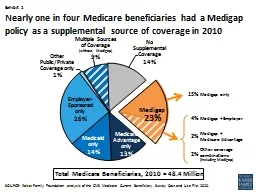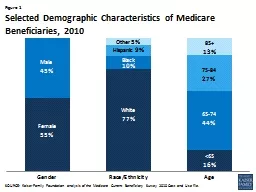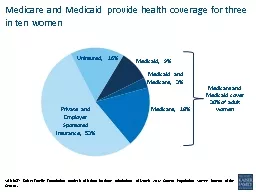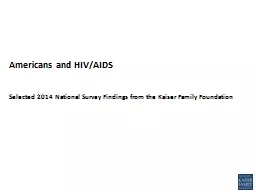PPT-| © 2011 Kaiser Foundation Health Plan, Inc. For internal use only.
Author : danika-pritchard | Published Date : 2018-10-27
May 30 2014 The Art and very Little Science of Tapering Opioid Medications Who Why When and How Andrea Rubinstein MD Departments of Anesthesiology and Chronic Pain
Presentation Embed Code
Download Presentation
Download Presentation The PPT/PDF document "| © 2011 Kaiser Foundation Health P..." is the property of its rightful owner. Permission is granted to download and print the materials on this website for personal, non-commercial use only, and to display it on your personal computer provided you do not modify the materials and that you retain all copyright notices contained in the materials. By downloading content from our website, you accept the terms of this agreement.
| © 2011 Kaiser Foundation Health Plan, Inc. For internal use only.: Transcript
Download Rules Of Document
"| © 2011 Kaiser Foundation Health Plan, Inc. For internal use only."The content belongs to its owner. You may download and print it for personal use, without modification, and keep all copyright notices. By downloading, you agree to these terms.
Related Documents














